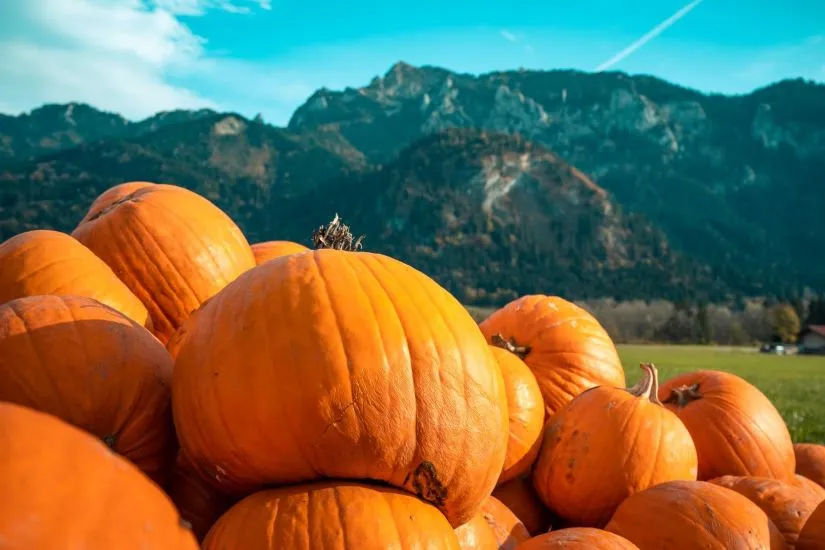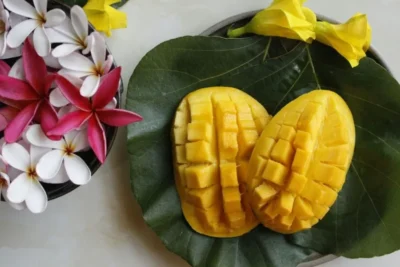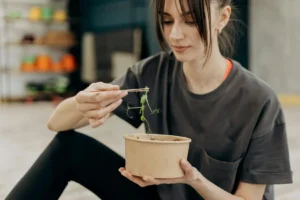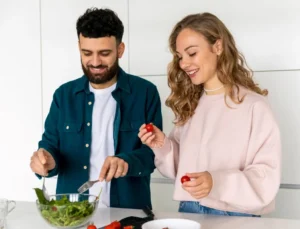Introduction
Pumpkins are more than just Halloween decorations; they symbolize fall and are a nutritional powerhouse. In “Unveiling the Pumpkin: A Dive into its History, Nutritional Benefits, and Culinary Versatility,” we explore the fascinating story of this bright orange fruit. From their ancient origins to their role in modern cooking, pumpkins have been important in cultures around the world. They’re packed with vitamins, minerals, and antioxidants, making them incredibly healthy. Plus, pumpkins are amazingly versatile in the kitchen, perfect for everything from soups to pies. Join us as we uncover the rich history, health benefits, and many delicious uses of pumpkins, and discover why they continue to be a favorite in homes everywhere.
History
The history of pumpkin originated in the Americas thousands of years ago. In North and Central America, people cultivated pumpkins for their seeds and outer shells. Because they were used as food. The seeds were roasted and eaten as snacks. It is believed that pumpkins were included in the first crops cultivated by native Americans around 5000 to 7000 years ago.
The name of pumpkin is derived from the Greek word ”peon”, which means ”Melon”.The French called peon ”pompon English changed the word to ”pumpin’ and Americans changed pumping to ”pumpkin”. Europeans came to America, ate pumpkins, liked them, and took them back to Europe. In this way, pumpkins spread all over the world.
Pumpkin is associated with the Halloween celebration. Halloween is a holiday celebrated on the 31st of October in the United States, Canada, etc. Today pumpkin is used in many dishes, used as medicine, and their shells are used for various purposes. Celebrating Halloween has cultural significance all over the world.
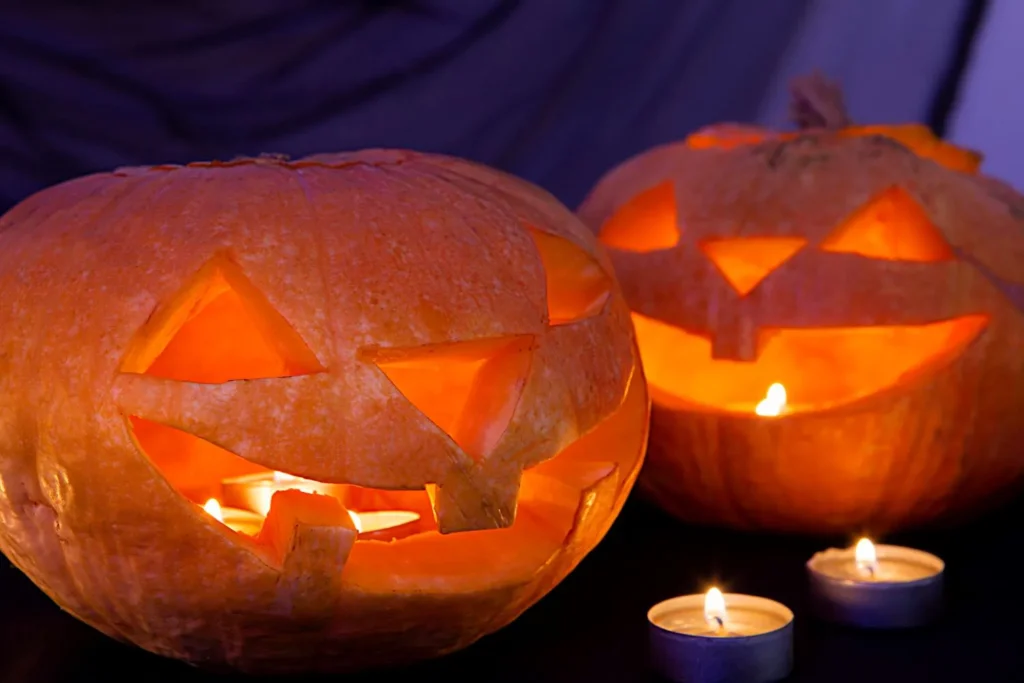
Health benefits of pumpkins
Pumpkin is a nutritious orange fruit in which calories are low but nutrients like vitamins and minerals are higher. It is a fruit because it develops from a flowering plant and has seeds. But it is also used as a vegetable because it is used in tasty dishes. Pumpkins held significant cooking importance. Pumpkin can be used in desserts, soup, salad, and roasted seeds as a nutritious snack.
Pumpkins have a lot of benefits, and they are one of the major sources of B-carotene. B-carotene is an antioxidant that gives color to fruits and vegetables. B-carotene is a form of vitamin A. The body converts it into vitamin A. Vitamin A plays an important role in:
- Reducing the risk of cancer
- Help in vision, especially preventing night blindness
- Antioxidant agents keep skin smooth and glowing
- Help in growth and development
- Strengthen the immune system
There are some other health-related benefits of pumpkins in which they play an important role, like:
Benefits for reducing aging
Pumpkin is a good source of B-carotene, vitamins C and E, which act as antioxidant agents. Antioxidants fight against free radicals, which cause oxidation. By fighting free radicals, it protects the skin from premature aging. Pumpkin has a high water content that keeps skin hydrated and helps prevent wrinkles.
Reducing blood pressure
Pumpkin is a good source of potassium, which helps reduce the sodium level in the body and maintain blood pressure. It naturally has a low content of sodium and fat.
Immune support
Pumpkin contains a rich amount of vitamins A, E, and C, which help to maintain a healthy immune system. Vitamins A and C help in the production of white blood cells, which fight infection.
Weight management
Due to its low calories and high fiber content, pumpkin can help reduce weight by promoting satiety.
| Nutrient | Pumpkin Seeds | Pumpkin Flesh | Pumpkin Peel |
|---|---|---|---|
| Calories | High | Low | Low |
| Carbohydrates | Low | Moderate | Moderate |
| Fiber | Moderate | High | High |
| Protein | High | Low | Low |
| Fat | High | Very Low | Very Low |
| Water Content | Low | High | High |
| Vitamin A | Trace amounts | High | Small amounts |
| Vitamin C | Trace amounts | Moderate | Small amounts |
| Vitamin E | High | Moderate | Small amounts |
| Vitamin K | Moderate | Trace amounts | Trace amounts |
| Beta-Carotene | Trace amounts | High | Small amounts |
| Potassium | Moderate | High | Trace amounts |
| Magnesium | High | Moderate | Trace amounts |
| Zinc | High | Trace amounts | Trace amounts |
| Iron | Moderate | Trace amounts | Trace amounts |
| Antioxidants | High | High | High |
Culinary versatility
Culinary versatility means one food or ingredient can be used differently. It shows the flexibility of food or ingredients to prepare a variety of dishes. Pumpkin is a versatile fruit because it can be used in sweet and tasty dishes. The culinary versatility of pumpkin makes it special in cooking all over the world.
- Pumpkin is a winter squash. It is slightly sweet but can be used in both sweet and spicy recipes like pumpkin pie, salad, curries, halwa, etc.
- Every part of a pumpkin, from the flesh to the seeds, can be used in cooking, including the flowers. The flesh can be roasted and boiled, while seeds can be toasted and used as a snack, added to salad, etc.
- Pumpkins provide a great texture to the dishes Used in soups to give a creamy texture, roasted seeds give a crispy texture to the salad and it also used as a filling in baked goods.
- Due to its nutritional benefits, it is a healthy addition to any meal. Pumpkins are packed with essential nutrients like vitamins A, C, and E, fiber, potassium, zinc, etc.
Pumpkin seeds
Pumpkin seeds are found inside the pumpkin. They can be consumed raw or cooked. Pumpkin seeds are packed with healthy fats, vitamins, magnesium, antioxidants, phosphorus, etc. Additionally, they are a good source of iron.
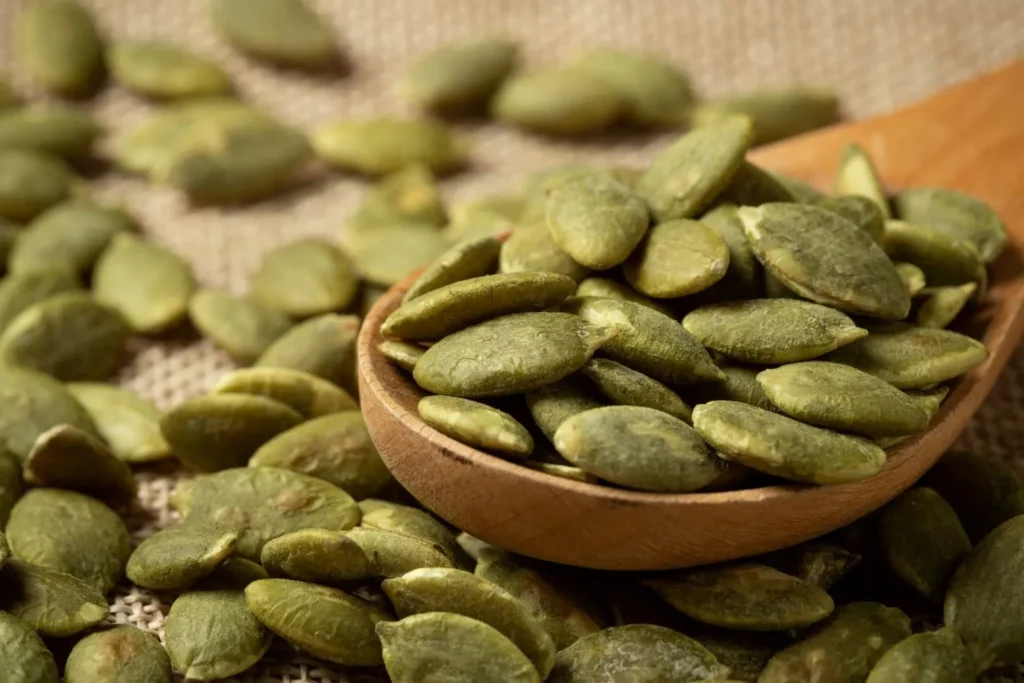
Health benefits of pumpkin seeds
- Prostate health: Pumpkin seeds have zinc, which helps in the production of sperm and increases male fertility. It also has antioxidants that can reduce prostate-related issues.
- Bone health: Pumpkin has a high magnesium content that helps in bone formation and provides strength. Magnesium works with calcium and prevents bone-related diseases like osteoporosis, osteomalacia, rickets, etc.
- Insomnia prevention: Pumpkin has a high content of amino acids like tryptophan that is used to cure insomnia. The body converts the tryptophan into a serotonin ”relaxing” hormone and melatonin ”sleep” hormone.
- Heart health: Pumpkin seeds have a high content of magnesium, which is important for the heart and also maintains blood pressure. It also has healthy fats, which prevent cardiovascular disease (CVD).
- Mental health: Due to the presence of tryptophan and magnesium, the brain feels relaxed and also reduces depression or stress.
How do I grow the pumpkins?
Ready to grow your pumpkin patch but not sure how to begin? Wondering when pumpkins are ripe for picking or if they can stay on the vine too long? Are you curious about curing pumpkins for longer storage? Check out our comprehensive Pumpkin Growing Guide for all your tips, from planting to harvesting. Let’s make your pumpkin patch dream a reality!
Pumpkins are vulnerable to cold temperatures. Only plant seeds outdoors once the risk of frost has completely passed and the soil has warmed up to between 65° and 95°F (18° to 35°C).
Growing pumpkins is a rewarding experience. Here’s a step-by-step guide:
1. Choose the Right Variety
- Select the type of pumpkin you want to grow based on your climate and space.
2. Prepare the Soil
- Choose a sunny location with well-draining soil.
- Enrich the soil with compost or aged manure.
3. Plant the Seeds
- Sow seeds directly in the garden after the last frost date.
- Plant seeds 1 inch deep and 4-5 feet apart in rows.
- For large pumpkins, plant seeds in hills: 2-3 seeds per hill, hills 5–6 feet apart.
4. Watering
- Keep the soil consistently moist but not waterlogged.
- Water at the base of the plant to avoid wetting the leaves.
5. Mulch and Weed Control
- Apply mulch to retain moisture and control weeds.
- Keep the area around the plants weed-free.
6. Fertilize
- Use a balanced fertilizer when the plants are 1 foot tall.
- Fertilize again when pumpkins start to form.
7. Pollination
- Pumpkins require pollination by bees.
- Ensure there are enough bees to hand-pollinate by transferring pollen from male to female flowers.
8. Pest and Disease Control
- Watch for common pests like squash bugs and aphids.
- Use organic or chemical treatments as needed.
- Prevent diseases by watering the soil, not the foliage, and rotating crops each year.
9. Harvesting
- Harvest pumpkins when they are fully colored and the rind is hard.
- Cut the stem with a sharp knife, leaving 2-3 inches of stem attached.
- Cure pumpkins in the sun for a week, then store them in a cool, dry place.
Tips for Success
- Space plants properly to allow for growth.
- Provide support for large varieties if necessary.
- Regularly check for signs of pests and diseases.
With these steps, you can successfully grow your pumpkins!
Conclusion
Pumpkins are not only for autumn decorations or Halloween celebrations; they also have great nutritional and cultural value and are important in cooking. Pumpkins originated in America but have spread all over the world and become popular due to their nutritional value and versatility in cooking. They are packed with vitamins, minerals, and fiber, which play important roles in improving human health. Pumpkins have a great role in the kitchen and are used in various dishes.
In short, pumpkins are a valuable addition to any diet. Their history, health benefits, and culinary versatility make them beneficial to all. All forms of pumpkin have their importance and provide various benefits.
